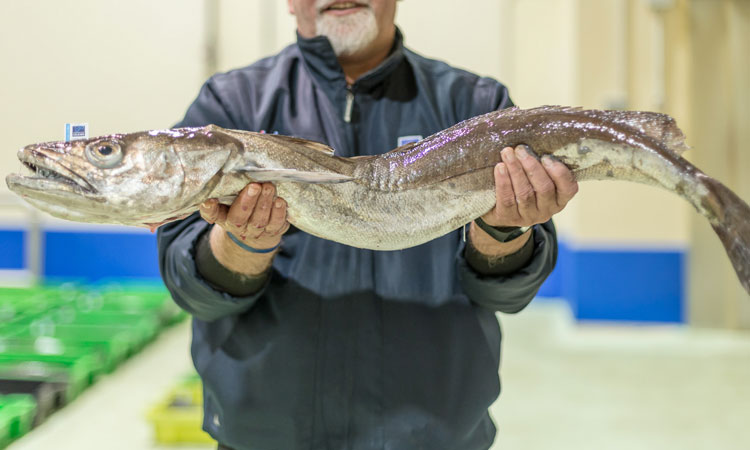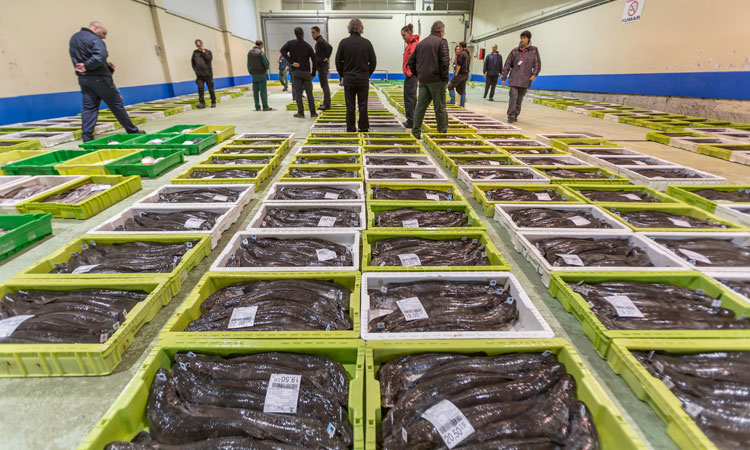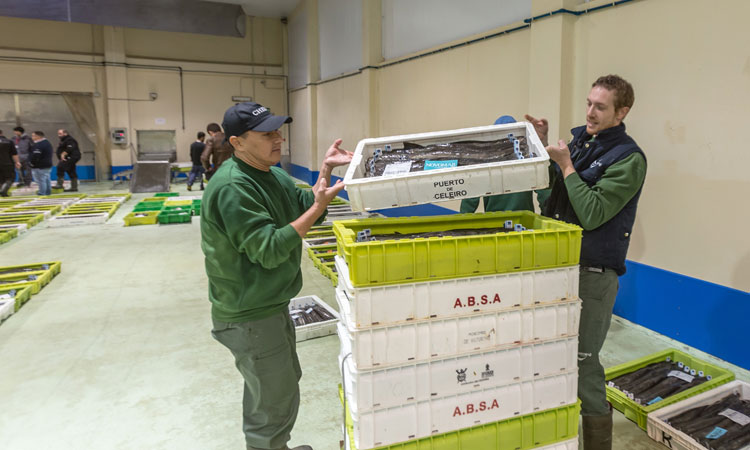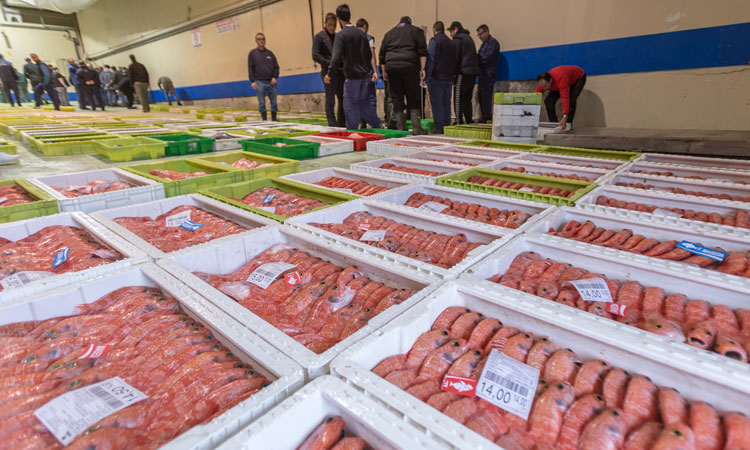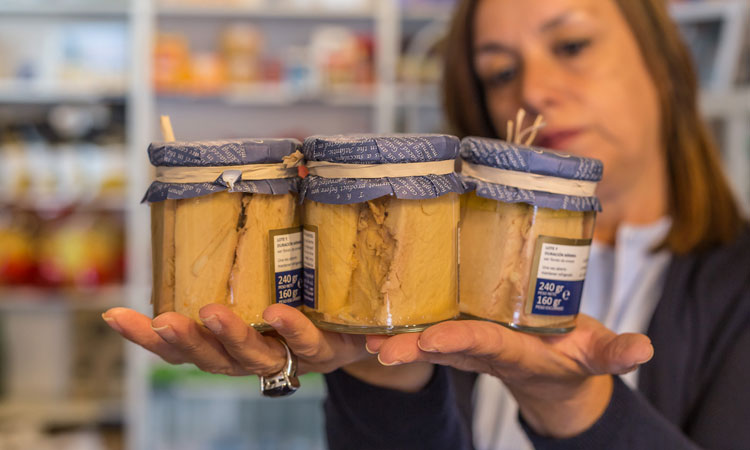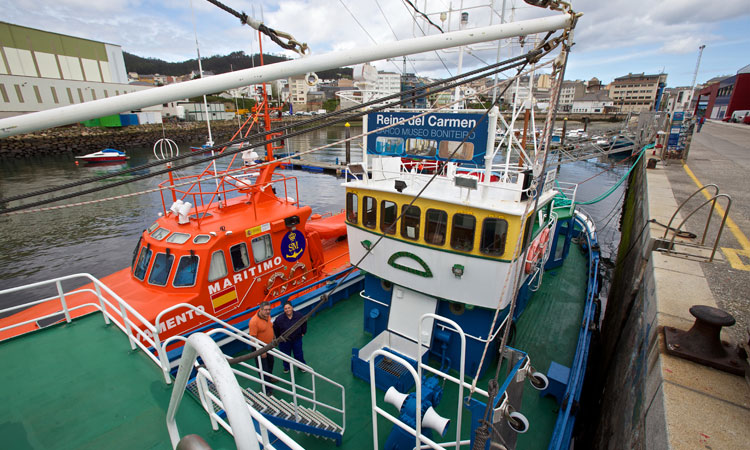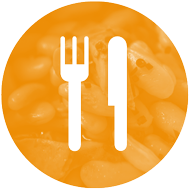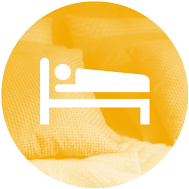Discover our main ports and auction centres facing the Cantabrian sea to get know the seafaring culture and trade. Without them there would be no fish with their own name like the line-caught hake of Celeiro or northern albacore from Burela.
Recommended season: Summer / all year (several festivals)
Time: 2-3 days
We take you through:
- O Vicedo
- Viveiro
- Xove
- Cervo
- Burela
- Foz
Did you know that?…
Two other organised routes to visit the coast of Lugo are the Cantabrian Route’s Natural Trail or route on the FEVE train. During both tours you are sure to see the 6 lighthouses of the territory. As maritime signals, lighthouses are essential for the people of the sea. From East to West, or vice versa: Pancha island (Ribadeo), Foz, Burela, San Cibrao, Roncadoira point (Xove) and Coelleira island (O Vicedo).
Stops
The ‘chicharro’ or horse mackerel, is one of the most popular fish of the first fishing port in Lugo, if you travel from A Coruña. It has its own gastronomic exaltation in September: the Horse Mackerel Festival.
By following the hiking route PRG-156 Coast of O Vicedo you will reach Caolín beach where, besides being marvelled by its fine, white sand -just like in the Caribbean-, you will see the remnants of an ancient salting factory. The Blue Trail also runs through Abrela beach – Socastro point (better known as the Fuciño do Porco), with a natural vantage point of Pereira Beach, Area Grande, Coelleira island and toward the east, the Viveiro estuary.
On the third Sunday in June, O Vicedo is one of the many Galician ports that honours the Virgen del Carmen with a maritime procession.
Celeiro, in Viveiro, the third largest fishing port in the Galicia coast. Its main catch, and the 70% of its sales, is the line-caught hake, which is fished individually on the high seas in an artisan manner. This was the first fishing product to obtain the ‘Galicia Calidade’ distinction and, of course, has its own Festival of Tourist Interest on the weekend before 25 July. The patron saint festivities and those called ‘fiestas del mar’ (feasts of the sea) of Celeiro are also celebrated that month.
It is very interesting to visit the fish market (with prior authorisation), and attend the unloading of the fleet and auction (smaller gear and towed gear, at 8.00 p.m.), and visit the docks to be able to see what the work routines in a port are like.
And if you want to have a perspective of this site from a bird’s eye view, go up to the Monte Faro viewpoint (198 m) while tasting a piece of one of the typical fish ‘empanadas’ (Galician pies) prepared by local bakeries. Active tourism is another leisure interesting option.
Xove has two ports that can be visited, Portocelo and Morás, with about 5 km between them; and also has the Roncadoira point lighthouse, with unbeatable views of this stretch of coast.
Besides being amazed by nature and with the seafaring activity at this stop, we suggest you visit a canning factory on the A Camba industrial estate where the northern albacore of Burela and hake of Celeiro is canned.
The old port facilities recall a bright industrial past. San Cibrao has been natural place for ships to dock since ancient times. One of the periods of greatest activity coincided with the heyday of the Real Fábrica de Sargadelos (a historic Galician ceramic fabric), just 10 minutes from here. In the quay you will find yourself with the 200 year history of the only traditional riverside carpentry in all the province of Lugo, and one of 20 in Galicia.
The whaling legacy is also part of the local heritage. In the Museum of the Sea in San Cibrao, which was the first in Galicia, you will find (18th century) bones of these mammals that were up to 4 metres long, as well as the tools used to cut them up.
Other very recommendable visits are the old salting factories, Punta de Atalaia lighthouse and its surroundings, the Palilleiras (bobbin lace-makers) meeting (March-April), and two Festivities of Tourist Interest. During the Maruxaina (2nd Saturday of August) a seafaring legend is recreated and the Popular Cervo Queimada is celebrated on the Saturday after the 16th of August. The O Torno Blue Trail provides the backbone to all these places of interest.
Continue along the coastline to visit Burela port, the second largest in Galicia as it is the main fish market in selling line-caught hake and the birthplace of Northern albacore of Burela. The gastronomic festival (of Tourist Interest) of this species is held on the first Saturday of August in the quay.
Save time to attend an auction in the fish market (check out the times beforehand) or to go to the ‘redeiras’ (fish-net makers warehouse), which has an exhibition of fishing gear and machinery. A few metres away is the “Reina del Carmen” Museum Ship, which can be visited all year round, to see another part of the sea trade from inside.
Tradition and the seafaring trade are present in every corner of Foz. In former times, the relationship was sea-industry (whale fishing and wood export) and, currently, the relationship is sea-tourism, but with the sea always present.
One of the most beautiful places is the mouth of the river Masma. Converted into an estuary, the blue colour that this water displays is spectacular.
There are a multitude of popular ‘sardinadas’ (sardine barbecues) during the San Juan festivals (23rd of June night) and in general throughout the summer.





